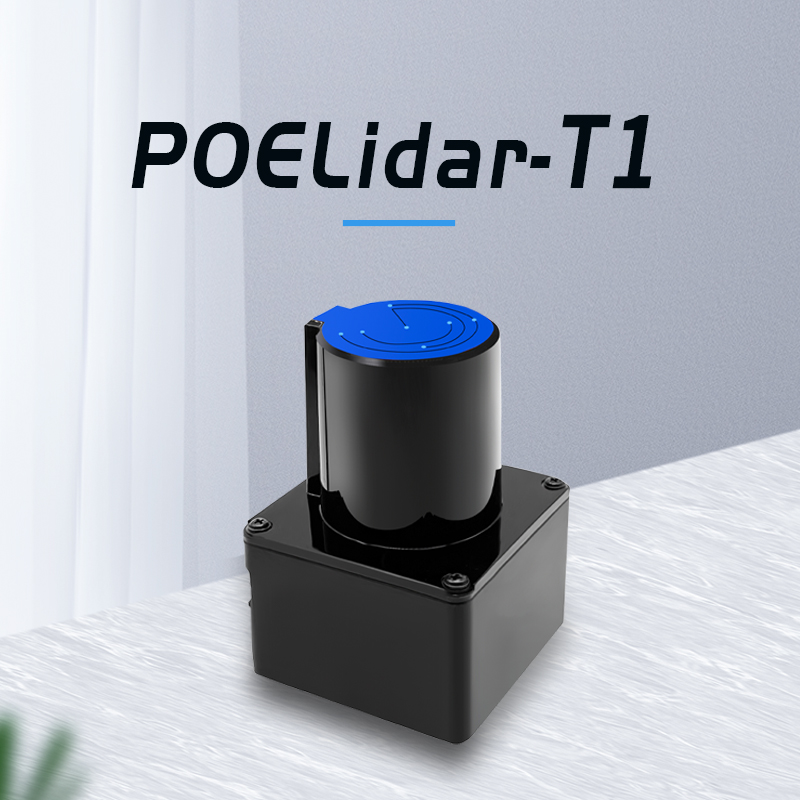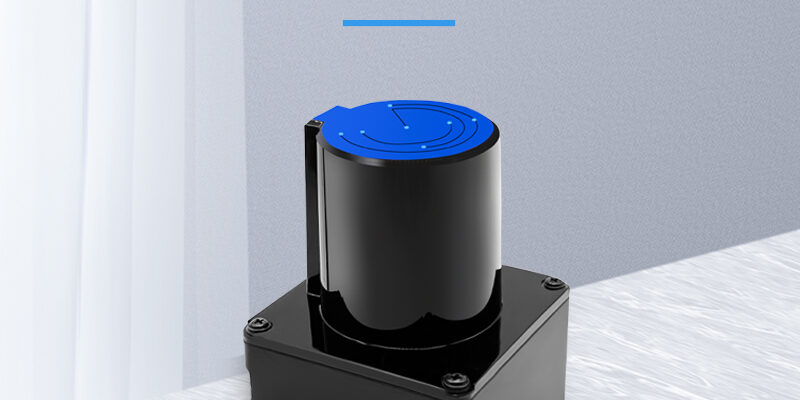LiDAR (Light Detection and Ranging) technology is rapidly evolving and gaining traction across various industries, with significant price reductions making it more accessible than ever before. As we move into 2025, the LiDAR market is expected to undergo substantial growth, driven by new technological advancements, increased demand for autonomous systems, and a push toward cost-effective solutions. In this article, we will explore the pricing trends of LiDAR across different applications in 2025, including autonomous vehicles, robotics, delivery systems, and more.

LiDAR Pricing in 2025: A Snapshot
1. Autonomous Vehicles
Autonomous vehicles (AVs) remain one of the most prominent applications for LiDAR technology, and this market continues to drive significant advancements in sensor technology. In 2025, LiDAR sensors for AVs will see a wide range of pricing, depending on the level of autonomy and the vehicle type.
Robo-Taxis and Robot Buses
For Level 4 (L4) autonomous vehicles, including robo-taxis and robot buses, LiDAR technology remains an essential component. These vehicles require high reliability, long-range detection, and a 360-degree field of view to ensure safety and performance. As a result, the price for a single LiDAR sensor in these applications is expected to range between $1,500 to $6,000 USD . Due to their complex nature and reliance on mechanical scanning systems, these sensors tend to be on the higher end of the price spectrum.
Mid-Range Autonomous Vehicles (L2+ to L3)
In the case of Level 2+ and Level 3 autonomous passenger vehicles, such as models from Yuanlong, Audi A5, or Huawei S800, multiple LiDAR sensors are typically integrated. These vehicles require robust sensors but not as many high-end models as those used in fully autonomous systems. The cost for LiDAR sensors in these mid-range vehicles ranges between $600 to $750 USD per sensor, with the total cost of LiDAR systems potentially exceeding $1,500 USD for multiple sensors.
Entry-Level Autonomous Vehicles
For entry-level vehicles, such as Ideal, Xiaomi, and Huawei, the LiDAR sensors are typically simpler and less expensive. These systems are expected to be priced between $150 to $300 USD per sensor . As technology progresses, the price of LiDAR systems for these vehicles is expected to decrease further while performance continues to improve, making autonomous driving technology more accessible for everyday users.
2. LiDAR for Robotics
While LiDAR for robotics is not yet at the stage of mass production, the demand for LiDAR-based robotic systems continues to grow. From industrial robots to autonomous service robots, the price of LiDAR sensors in these applications is highly variable, depending on the robot’s functionality, required precision, and scanning capabilities.
Industrial Robotics
In industrial environments, robots need LiDAR sensors that provide precise, high-resolution data to navigate and perform tasks in dynamic environments. These systems are generally priced between $1,000 to $4,000 USD , depending on the complexity of the robot and the sensor’s specifications. Robots in factories that require 180-degree sensing capabilities may cost less than those requiring full 360-degree coverage.
Service Robots
For service robots used in hospitality, healthcare, and retail, the LiDAR sensors are often tailored to the specific tasks of the robot. For example, a robot designed to deliver items in a hotel or office environment may only need a basic LiDAR sensor for navigation, whereas a more advanced delivery robot may require a higher-end model. Prices for these LiDAR systems can range from $500 to $3,000 USD.
3. LiDAR in Delivery Systems and Drones
LiDAR technology is also making significant strides in the delivery and drone industries, where its use is transforming logistics, mapping, and surveying.
Autonomous Delivery Vehicles
For autonomous delivery vehicles, such as those used by Meituan or JD.com, the price of LiDAR sensors typically ranges from $600 to $1,500 USD per sensor (roughly 4,000 to 10,000 CNY). These vehicles typically rely on mechanical LiDAR sensors that offer 360-degree vision but at a lower frequency compared to the sensors used in higher-end autonomous vehicles. These systems need less precision as they travel at slower speeds (around 40 km/h), thus lowering their cost.
Drones with LiDAR Sensors
LiDAR-equipped drones are used for mapping, surveying, and monitoring large areas, such as forests, agriculture, or construction sites. The price for LiDAR sensors in drones varies significantly based on range, precision, and the wavelength used. These drones require high-end LiDAR sensors, with prices typically ranging from $10,000 to $50,000 USD (around 65,000 to 350,000 CNY) depending on the scanning range (e.g., 500 meters to 1,000 meters).
4. LiDAR in Mapping and Surveying
LiDAR technology is a crucial tool in geospatial surveying, used to generate high-resolution maps of terrains and structures. LiDAR for mapping often uses airborne or terrestrial systems, with varying pricing depending on the equipment’s power and capabilities.
Airborne LiDAR Systems
Airborne LiDAR systems are used in large-scale applications like environmental monitoring, infrastructure development, and disaster management. These systems typically cost between $100,000 to $500,000 USD (roughly 650,000 to 3.5 million CNY) depending on the complexity and resolution of the data being collected. LiDAR sensors used for aerial surveys are highly advanced, offering precision that allows for the creation of 3D models of entire cities or ecosystems.
Terrestrial LiDAR Systems
For terrestrial LiDAR, used in applications such as construction or mining, prices are more affordable. These systems generally range from $20,000 to $50,000 USD (roughly 130,000 to 350,000 CNY) depending on the specifications and range.
Future Price Trends of LiDAR in 2025 and Beyond
The LiDAR market is on the cusp of rapid growth, with prices expected to stabilize and become more affordable across many industries. Entry-level LiDAR systems are expected to maintain a price of around $150 to $300 USD in the coming years. High-resolution, automotive-grade LiDAR sensors are likely to remain in the $600 to $1,500 USD range, as reliability and performance continue to improve.
The most notable trend in the LiDAR industry is the development of solid-state LiDAR, which is expected to reduce manufacturing costs and make LiDAR sensors smaller, more efficient, and more affordable. As solid-state LiDAR becomes more mainstream, the price of LiDAR sensors for autonomous vehicles and robots could drop by up to 50% over the next few years, potentially revolutionizing the market.
Conclusion
LiDAR technology is driving innovation across various industries, from autonomous vehicles and robotics to mapping and delivery systems. As we move into 2025, the price of LiDAR sensors is expected to decrease, with high-performance models becoming more accessible to mainstream consumers and businesses alike. While LiDAR will remain a key component in the development of autonomous systems, advancements in sensor technology and manufacturing techniques will make these systems more affordable and effective.
In the coming years, solid-state LiDAR is poised to disrupt the market, offering significant cost reductions and enhancing the capabilities of autonomous vehicles and robotics. As the demand for LiDAR technology continues to grow, it will be exciting to see how the pricing trends evolve and how new applications continue to emerge, making LiDAR a key driver of innovation across industries.







